Home>Gardening & Outdoor>Landscaping Ideas>How Are Grass Tennis Courts Made
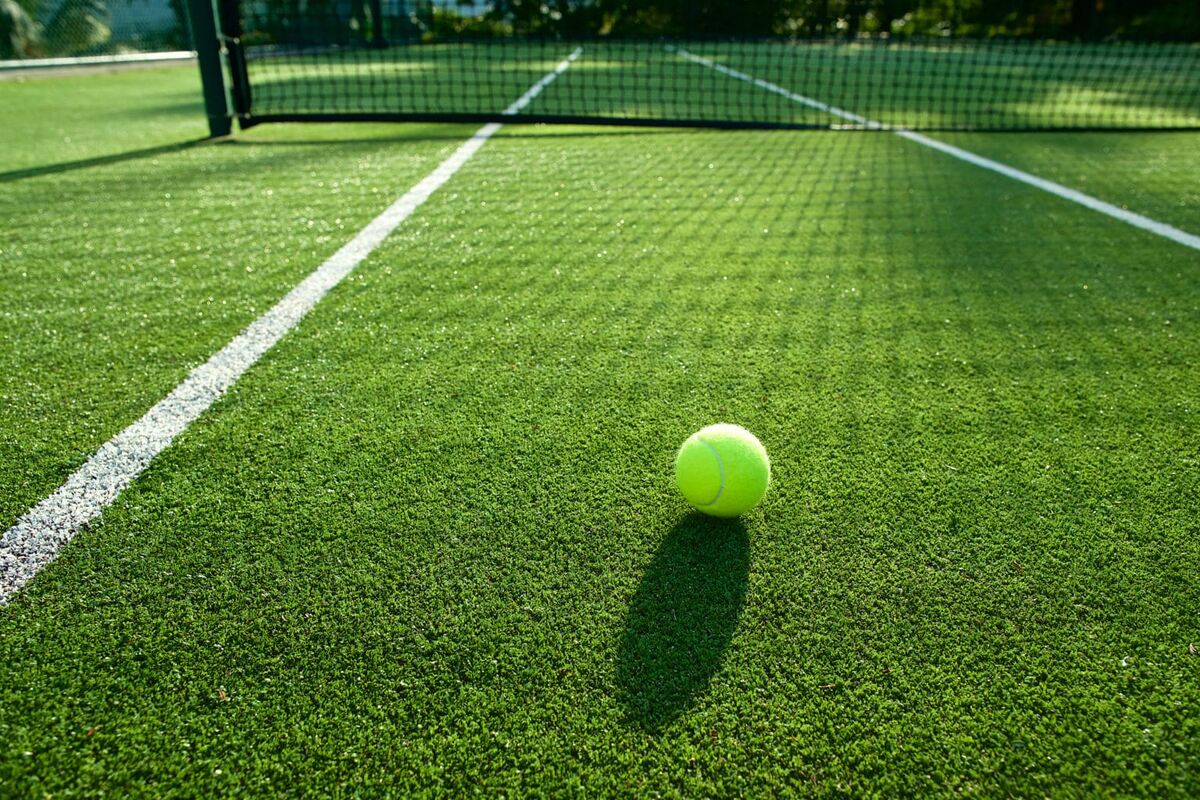

Landscaping Ideas
How Are Grass Tennis Courts Made
Modified: March 25, 2024
Learn about the process of creating grass tennis courts and get landscaping ideas for your own project. Find out the steps involved in making a professional-quality grass court.
(Many of the links in this article redirect to a specific reviewed product. Your purchase of these products through affiliate links helps to generate commission for Storables.com, at no extra cost. Learn more)
Introduction
Welcome to the world of grass tennis courts, where the timeless allure of the sport meets the natural beauty of meticulously maintained grass. The process of creating a grass tennis court is a labor of love, requiring careful planning, precise execution, and ongoing maintenance. In this article, we will explore the intricate journey of bringing a grass tennis court to life, from selecting the ideal location to the meticulous care required to keep it in pristine condition.
Grass courts have a unique charm that sets them apart from their hard and clay court counterparts. The lush green surface, the satisfying sound of the ball skimming the grass, and the strategic gameplay all contribute to the appeal of grass court tennis. Creating and maintaining a grass tennis court demands a deep understanding of horticulture, soil management, and turf care. Whether you are a tennis enthusiast, a landscaping aficionado, or simply curious about the craftsmanship behind these iconic sporting venues, join us as we delve into the fascinating world of crafting and caring for grass tennis courts.
Key Takeaways:
- Creating a grass tennis court involves carefully selecting the right location, preparing the ground, sowing grass seeds, and ongoing maintenance to ensure a vibrant and resilient playing surface.
- The process of crafting and caring for a grass tennis court is a harmonious blend of nature’s beauty, strategic allure, and meticulous maintenance, creating a timeless tradition for players and spectators to enjoy.
Read more: How To Make A Grass Tennis Court
Selecting the Location
The process of creating a grass tennis court begins with the crucial task of selecting the optimal location. The chosen site should ideally have ample sunlight exposure while being shielded from strong winds that could disrupt the delicate grass surface. Additionally, the natural drainage of the area must be carefully assessed to prevent waterlogging, which can compromise the integrity of the court.
When evaluating potential locations, the topography of the land plays a pivotal role. Ideally, the site should be relatively level to minimize the need for extensive earthmoving and grading. The soil composition is another critical factor to consider. Well-draining soil with good fertility is essential for nurturing healthy grass growth. Conducting a soil test can provide valuable insights into the soil’s pH levels, nutrient content, and overall suitability for supporting a thriving grass court.
Furthermore, the surrounding vegetation and trees should be evaluated to minimize the risk of excessive shade or root encroachment. While trees can offer natural shade and aesthetic appeal, their proximity to the court must be carefully assessed to prevent issues such as leaf litter accumulation and root damage to the playing surface.
Considering the local climate is imperative when selecting the location for a grass tennis court. The prevailing weather patterns, including temperature fluctuations and precipitation levels, can significantly impact the maintenance requirements and overall viability of the court. By choosing a location that aligns with the specific climatic conditions, the longevity and playability of the grass court can be optimized.
Ultimately, the selection of the location sets the foundation for the successful establishment of a grass tennis court. Careful consideration of sunlight exposure, soil quality, topography, drainage, and climatic factors is essential to ensure that the chosen site provides an ideal canvas for cultivating a vibrant and resilient grass playing surface.
Preparing the Ground
Once the ideal location for the grass tennis court has been selected, the meticulous process of preparing the ground commences. This phase involves a series of essential steps to create a stable and fertile foundation for the forthcoming grass surface. The first task typically involves clearing the area of any existing vegetation, rocks, and debris to ensure a clean and uniform surface for subsequent preparations.
Following the clearing process, the ground is meticulously graded to achieve a level and uniform contour. This crucial step not only contributes to the aesthetic appeal of the court but also facilitates proper drainage, preventing water accumulation that could jeopardize the grass’s health. Additionally, grading the ground helps create a consistent playing surface, minimizing unevenness that could affect the ball’s trajectory and players’ movements.
Once the grading is complete, the soil is carefully aerated to enhance its structure and promote healthy root development. Aerating the soil alleviates compaction, facilitates better air and water penetration, and encourages robust grassroots, laying the groundwork for a resilient and vibrant grass court surface.
Subsequently, the soil is ameliorated with organic matter and appropriate fertilizers to optimize its nutrient content and fertility. This enriches the soil, providing an ideal environment for the grass seeds to germinate and thrive. The composition of the soil amendments is tailored to address any deficiencies identified during the soil testing phase, ensuring that the ground is primed to support vigorous grass growth.
Finally, the prepared ground is meticulously irrigated to attain the optimal moisture levels for seeding. Consistent moisture is essential for seed germination and early root establishment, setting the stage for the lush and resilient grass surface that defines a premier tennis court.
The meticulous preparation of the ground lays the groundwork for a flourishing grass tennis court, setting the stage for the subsequent sowing of grass seeds and the transformation of the prepared canvas into a vibrant and inviting playing surface.
When making grass tennis courts, it’s important to start with a level surface and then lay down a base of gravel and sand. Next, the grass seeds are planted and carefully maintained to ensure a lush and even playing surface.
Sowing the Grass Seeds
With the ground meticulously prepared, the next pivotal phase in creating a grass tennis court involves the precise sowing of grass seeds. The selection of grass seed varieties is a critical consideration, with factors such as wear tolerance, fine texture, and adaptability to local climate playing a key role in determining the ideal grass species for the court.
Prior to sowing, the soil is carefully raked to create a fine and level seedbed, ensuring optimal seed-to-soil contact for successful germination. The grass seeds are then evenly distributed across the prepared surface, employing precise seeding rates to achieve uniform coverage and density. Following the seeding process, light rolling or gentle raking may be employed to promote seed-to-soil contact without burying the seeds too deeply.
Consistent irrigation is paramount during the germination phase, maintaining the soil moisture essential for the seeds to sprout and establish robust root systems. Monitoring the moisture levels and adjusting the irrigation regimen as needed is crucial to support the early growth stages of the grass seeds, fostering their development into a dense and resilient turf.
As the grass seedlings emerge and mature, diligent care and maintenance practices are implemented to nurture their growth. This includes regular mowing at appropriate heights to encourage lateral spreading and denser turf, as well as ongoing soil management to sustain optimal fertility and structure. Additionally, proactive weed control measures are employed to safeguard the purity and uniformity of the grass court surface.
The transformation from bare ground to a verdant grass tennis court unfolds through the intricate process of sowing and nurturing the grass seeds. The careful selection of grass varieties, precise seeding techniques, and attentive maintenance collectively contribute to the development of a lush and resilient playing surface that embodies the timeless allure of grass court tennis.
Maintaining the Court
Once the grass tennis court has been meticulously crafted, the journey of maintenance begins, ensuring that the playing surface remains pristine and conducive to the timeless allure of grass court tennis. Ongoing care and attention are essential to preserve the court’s quality, playability, and visual appeal, requiring a combination of horticultural expertise, turf management practices, and a deep understanding of the unique demands of grass courts.
Regular mowing is a fundamental aspect of grass court maintenance, with precise mowing heights tailored to promote dense and uniform turf while upholding the court’s playability. Additionally, periodic aeration is employed to alleviate soil compaction, enhance root growth, and optimize air and water movement within the turf, fostering a healthy and resilient grass surface.
Strategic irrigation practices are crucial in maintaining optimal soil moisture levels, especially during periods of dry weather. Balancing the water needs of the grass with considerations for soil drainage and evaporation rates is essential to sustain healthy growth and prevent issues such as drought stress or waterlogging.
Fertilization is carefully administered to supply essential nutrients to the grass, promoting vigorous growth and vibrant color while bolstering the turf’s resilience against wear and environmental stressors. Soil testing and analysis guide the precise application of fertilizers, ensuring that the grass court receives tailored nutrition to thrive in its unique setting.
Weed management is a continuous endeavor, with proactive measures implemented to prevent the encroachment of unwanted plant species that could compromise the purity and uniformity of the grass surface. This may involve targeted herbicide applications and diligent monitoring to address any emerging weed challenges promptly.
Throughout the seasons, attentive monitoring of the court’s condition, proactive pest and disease management, and meticulous grooming practices contribute to sustaining the impeccable quality and playability of the grass tennis court. The harmonious fusion of dedicated maintenance efforts and a profound appreciation for the artistry of grass court care ensures that the timeless tradition of grass court tennis thrives on a surface that embodies its rich heritage and enduring allure.
Conclusion
The art of creating and maintaining a grass tennis court is a captivating journey that intertwines nature’s beauty with the timeless tradition of the sport. From the meticulous selection of the court’s location to the careful nurturing of the grass surface, every step in the process contributes to crafting a playing environment that exudes natural charm and strategic allure.
As the court takes shape, the harmonious fusion of landscaping expertise, horticultural care, and a deep reverence for the nuances of grass court tennis culminates in a venue that beckons players and spectators alike. The vibrant green expanse, the satisfying sound of the ball skimming the grass, and the strategic interplay of skill and finesse converge to create an experience that transcends the boundaries of sport, embracing the artistry of nature’s canvas.
The ongoing maintenance of the grass court represents a labor of love, a testament to the dedication and artistry required to sustain the court’s pristine condition and optimal playability. Through meticulous mowing, strategic irrigation, and vigilant turf management, the court’s allure endures, inviting players to engage in the time-honored dance of grass court tennis on a surface that epitomizes tradition and grace.
Ultimately, the journey of crafting and caring for a grass tennis court is a celebration of the enduring connection between sport and nature, where the artful interplay of human craftsmanship and the resilience of the natural world converges. With each carefully tended blade of grass, the court becomes a living testament to the timeless traditions and the enduring allure of grass court tennis, beckoning players to partake in a game that unfolds on a canvas of natural elegance and strategic finesse.
As we reflect on the intricate process of creating and maintaining a grass tennis court, we are reminded of the profound beauty and enduring legacy of this timeless sporting tradition. From the meticulous preparations to the ongoing care, the artistry of grass court tennis continues to flourish, inviting players to immerse themselves in a world where the spirit of the game harmonizes with the splendor of nature’s craftsmanship.
Frequently Asked Questions about How Are Grass Tennis Courts Made
Was this page helpful?
At Storables.com, we guarantee accurate and reliable information. Our content, validated by Expert Board Contributors, is crafted following stringent Editorial Policies. We're committed to providing you with well-researched, expert-backed insights for all your informational needs.
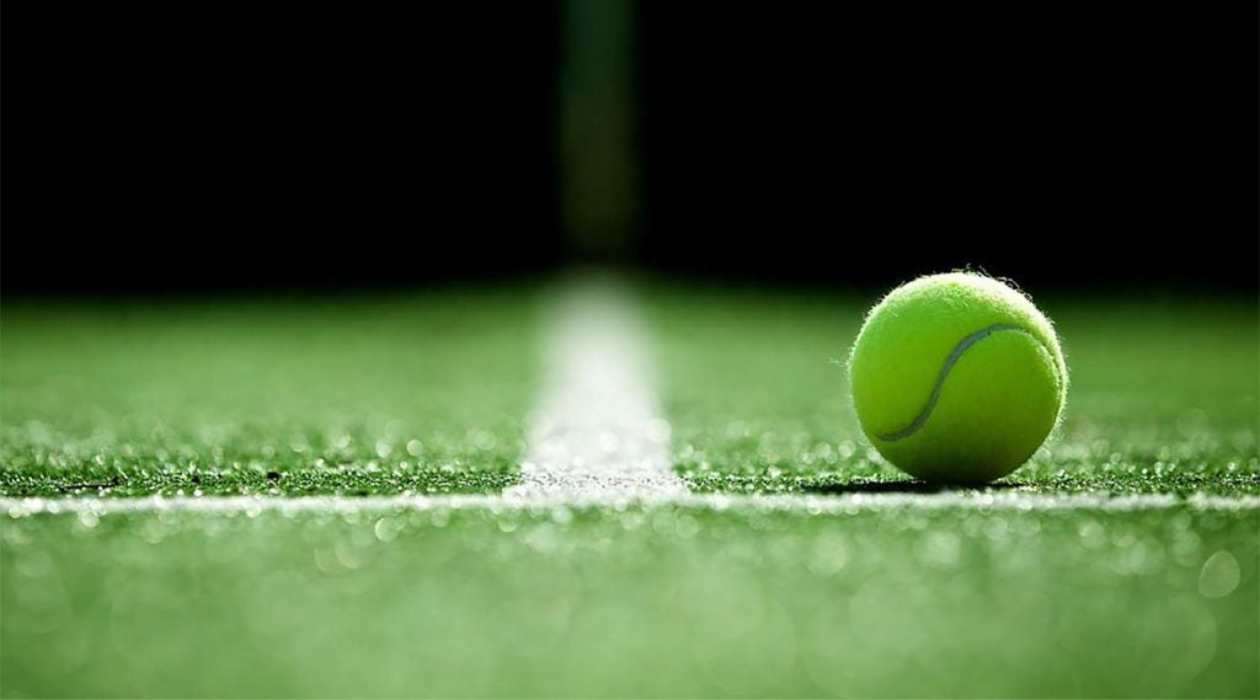
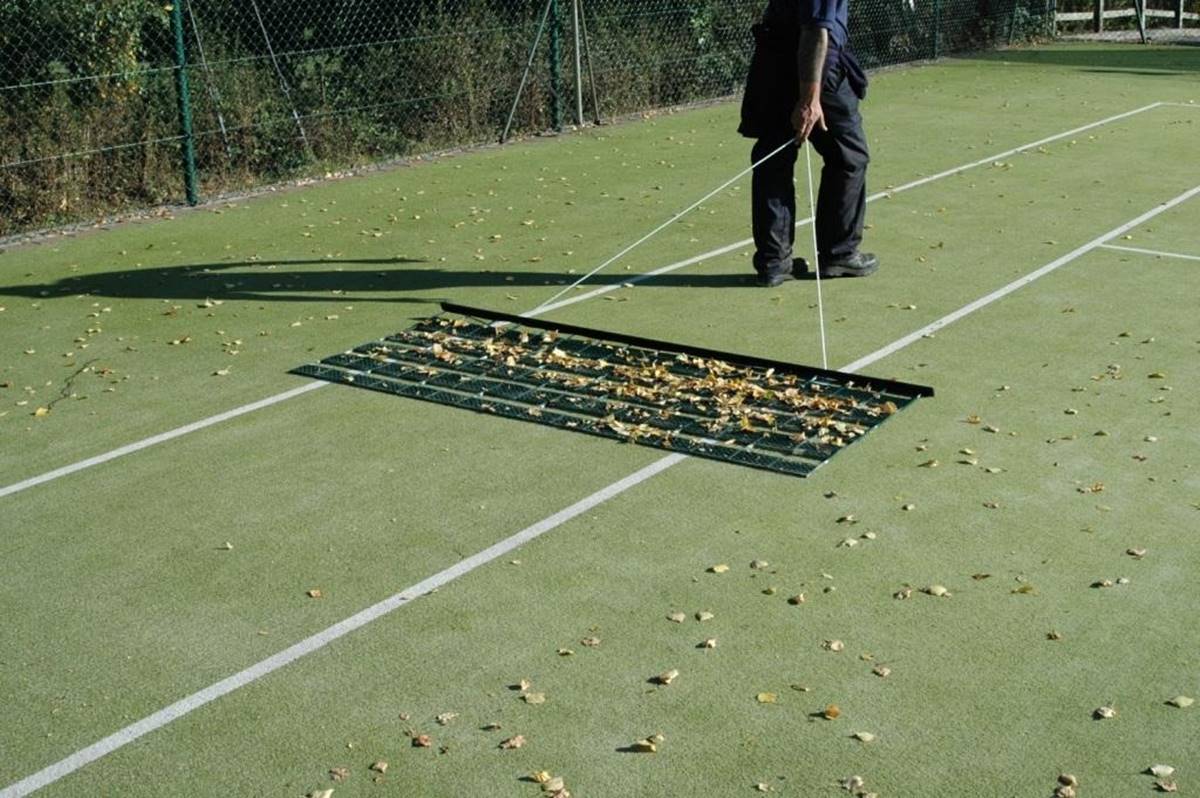
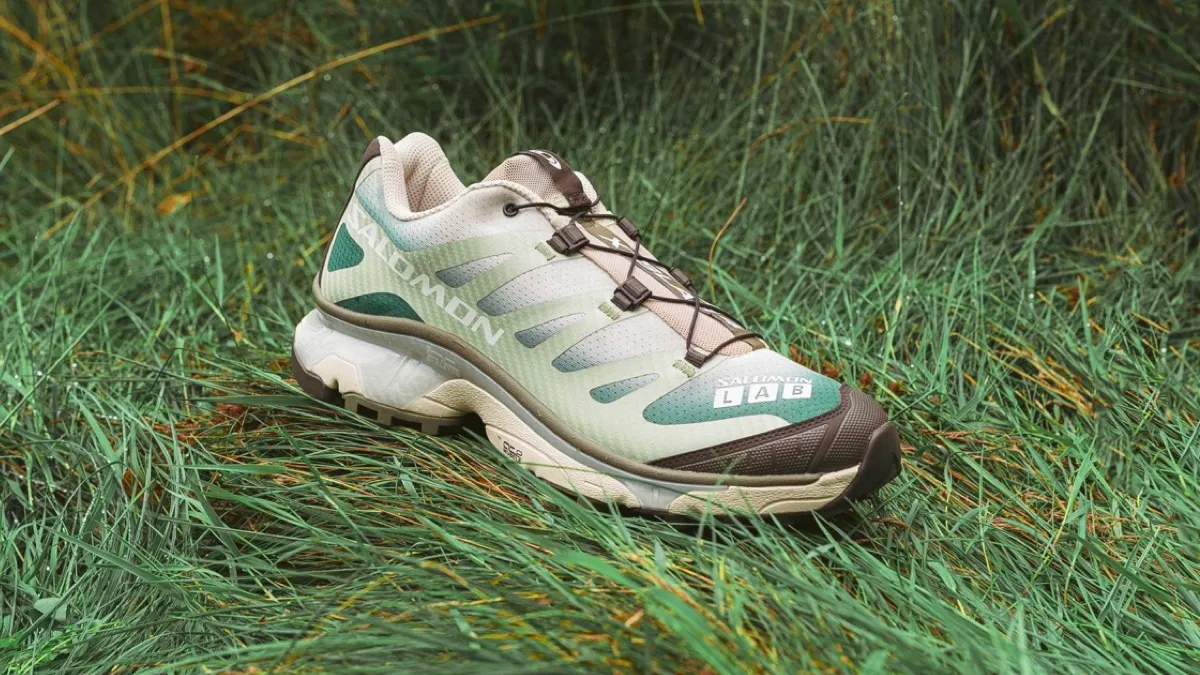
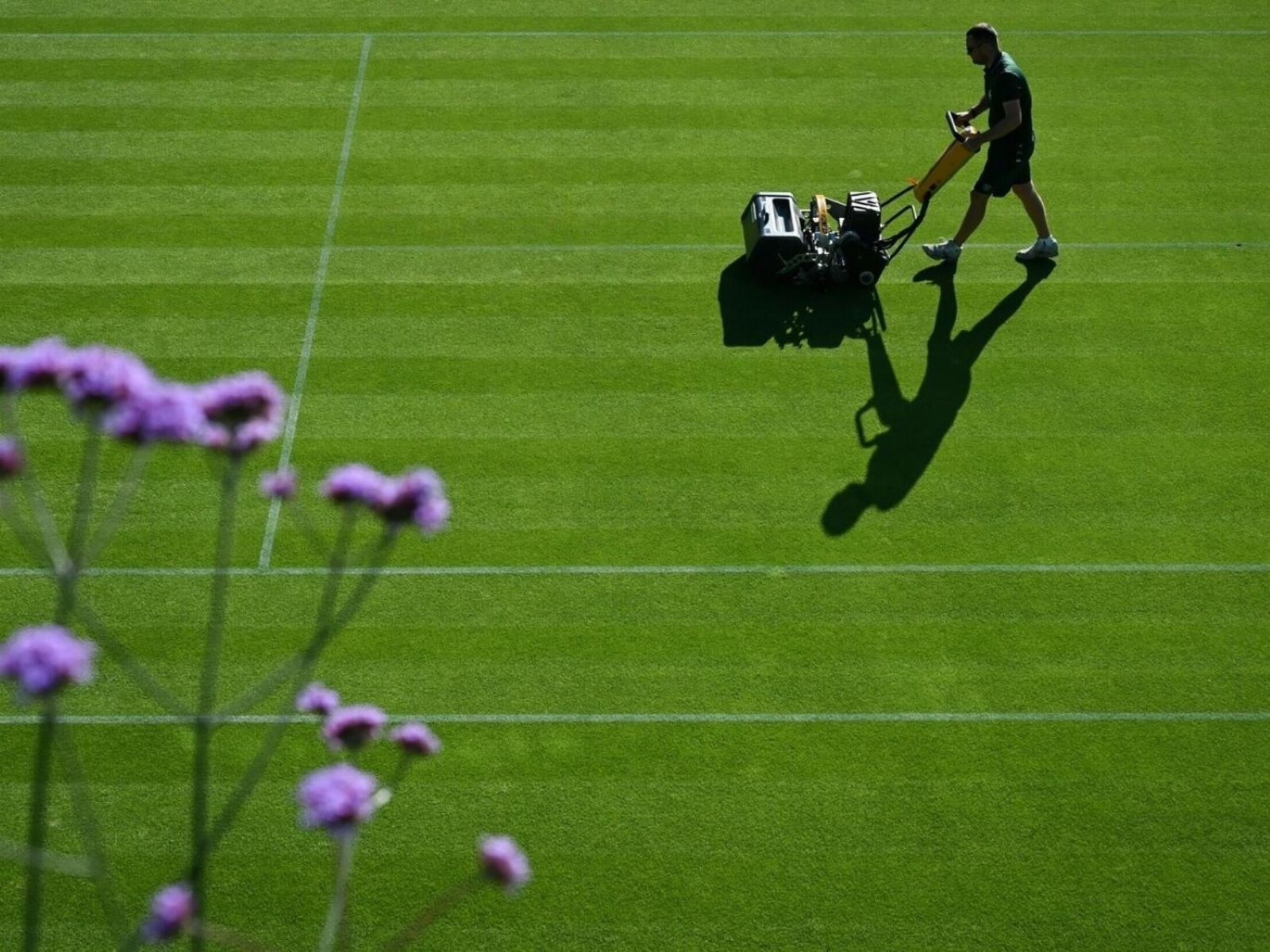
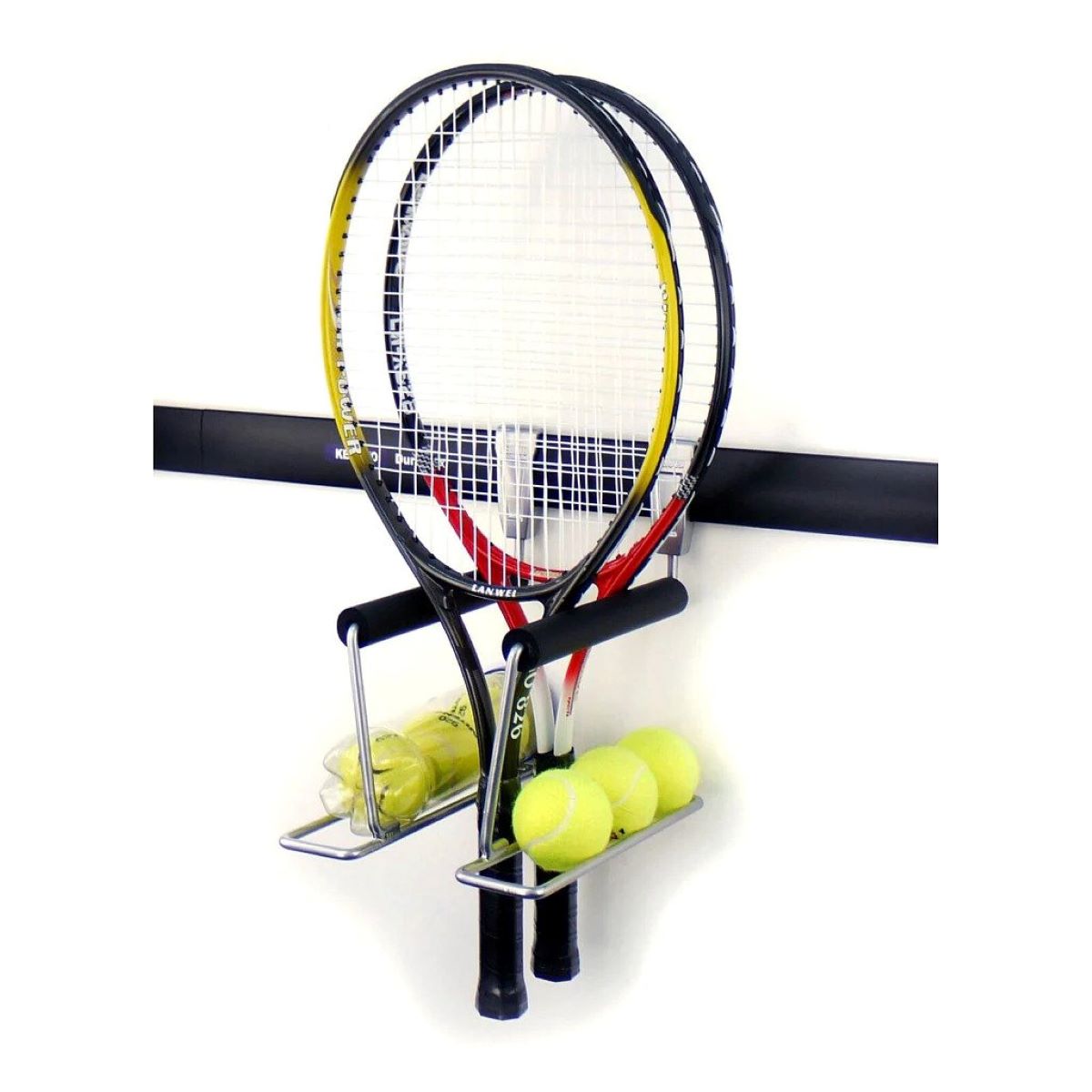
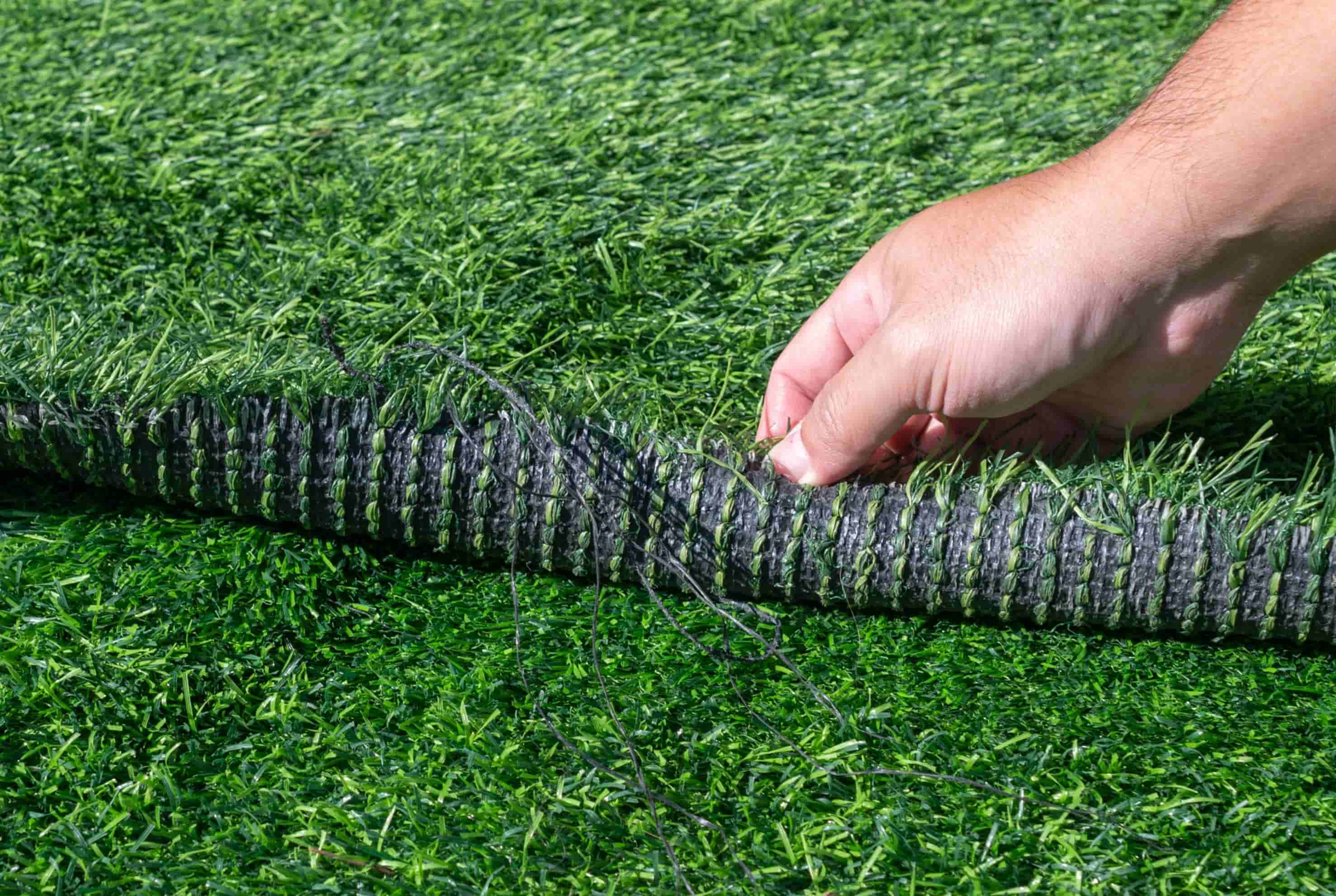
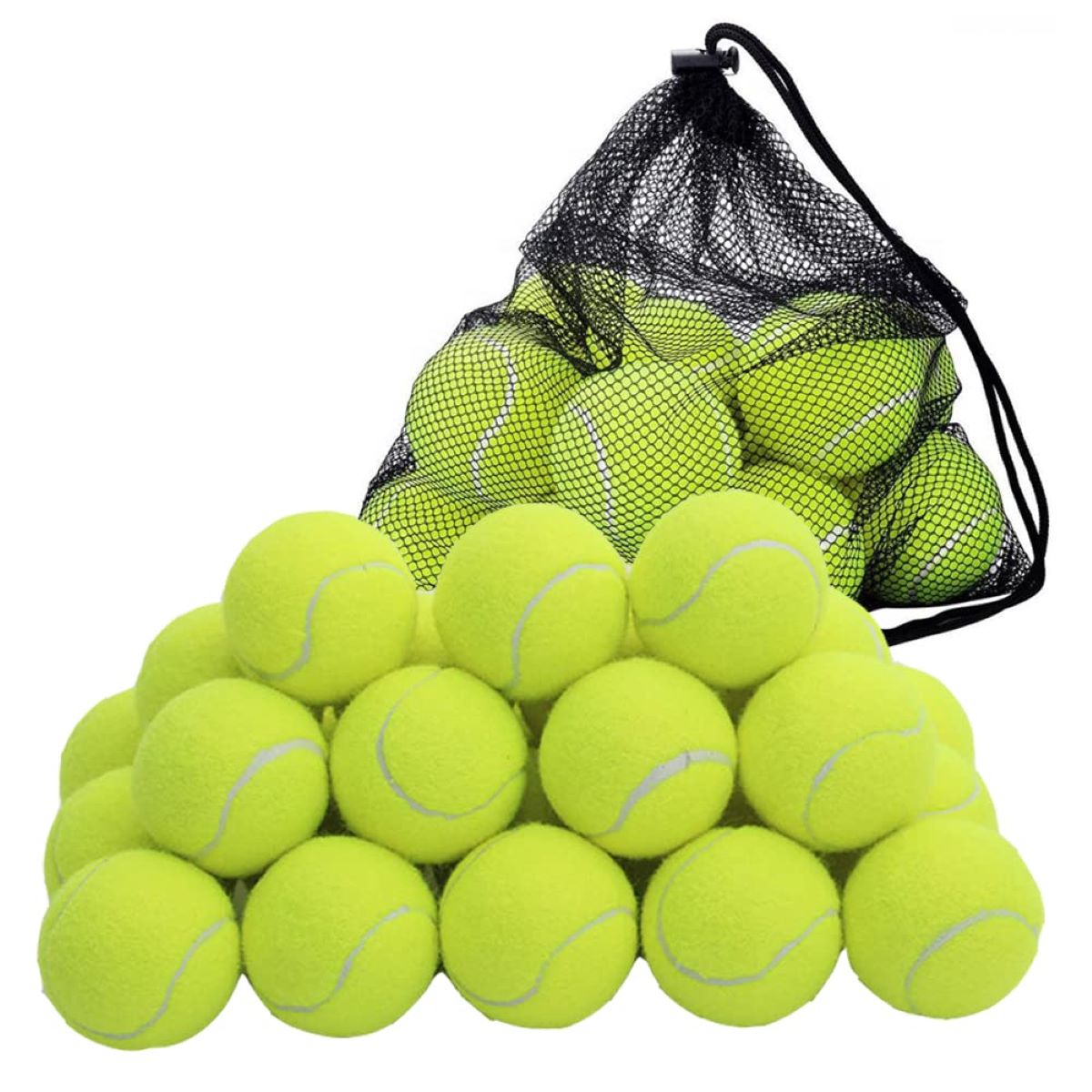
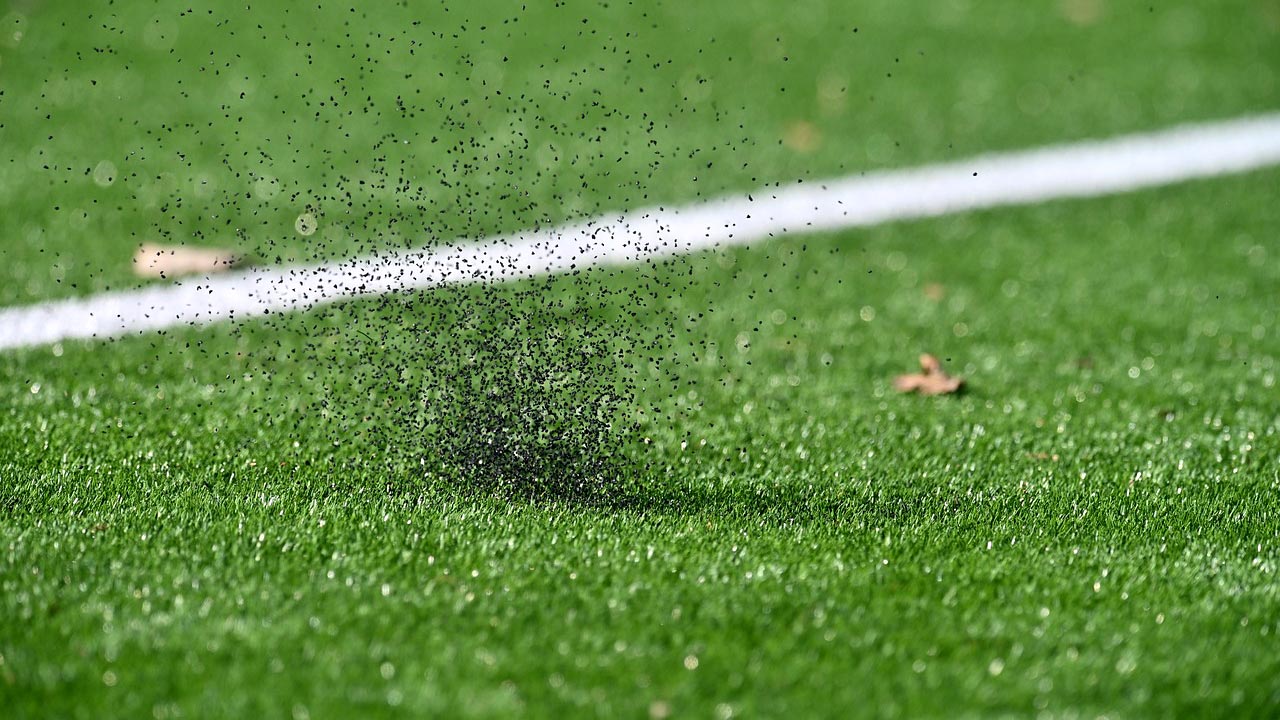
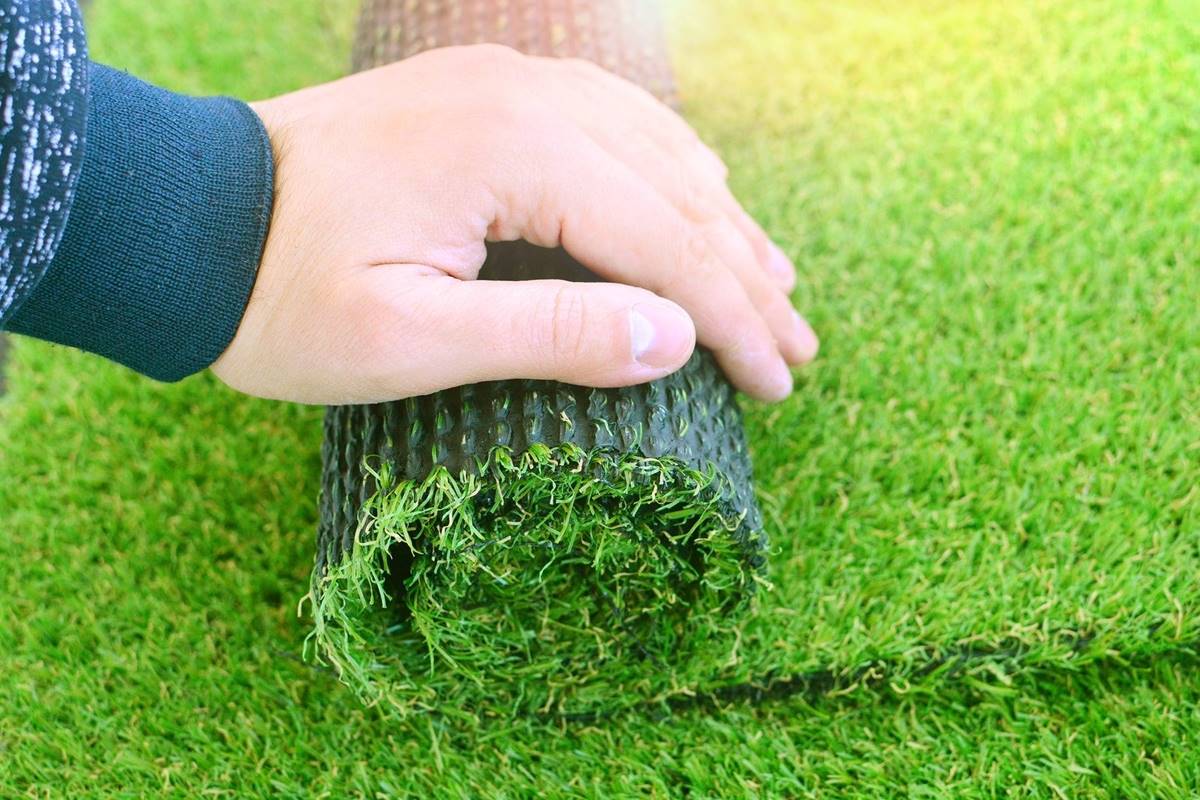
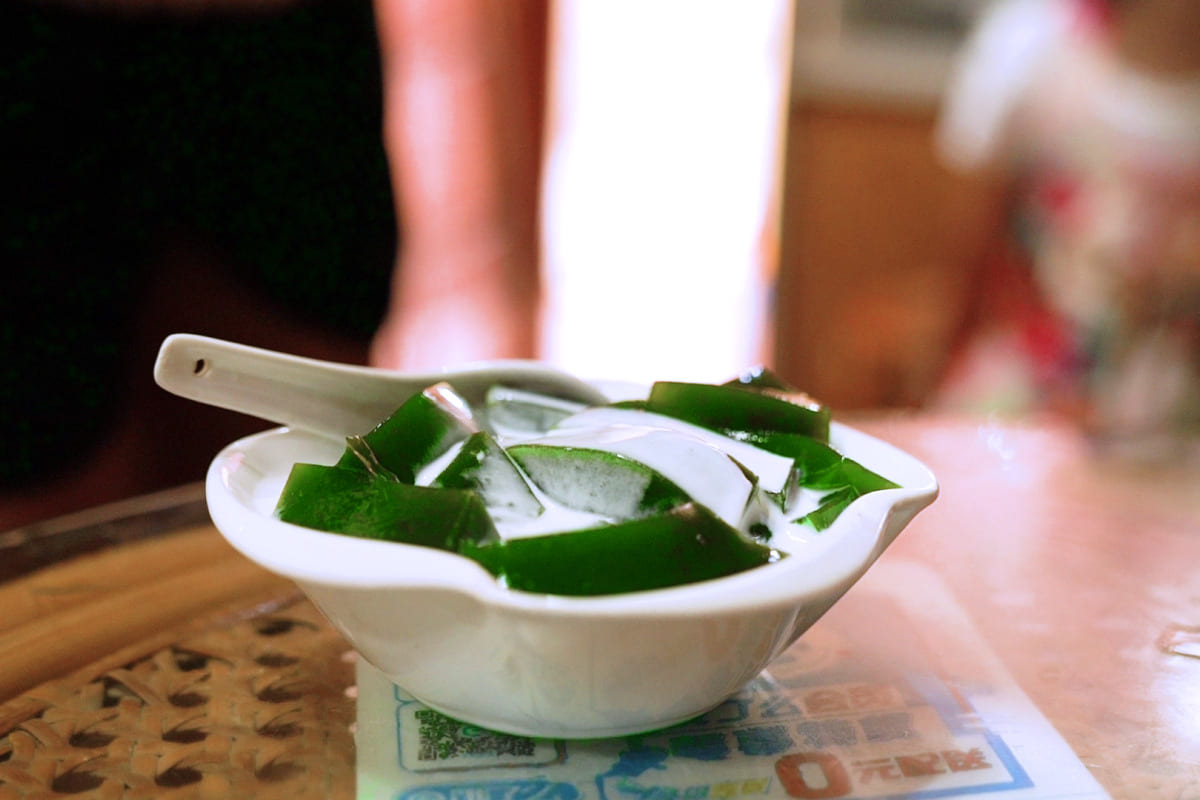
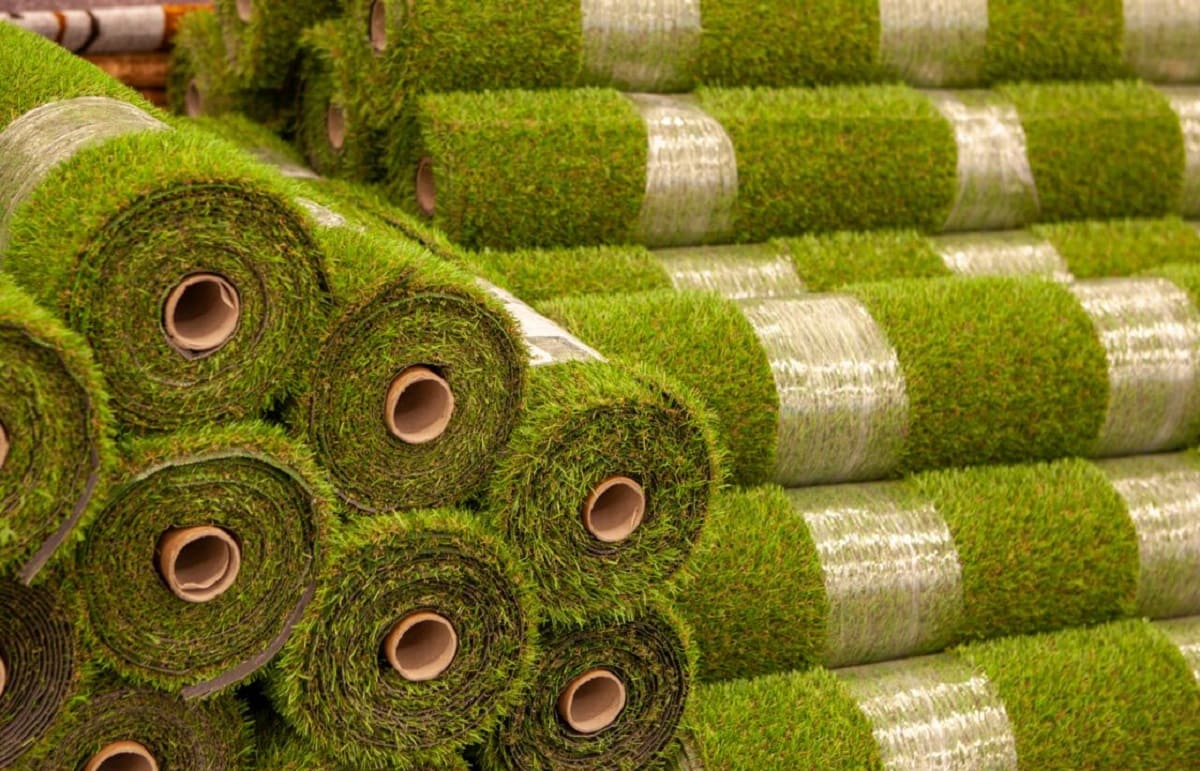
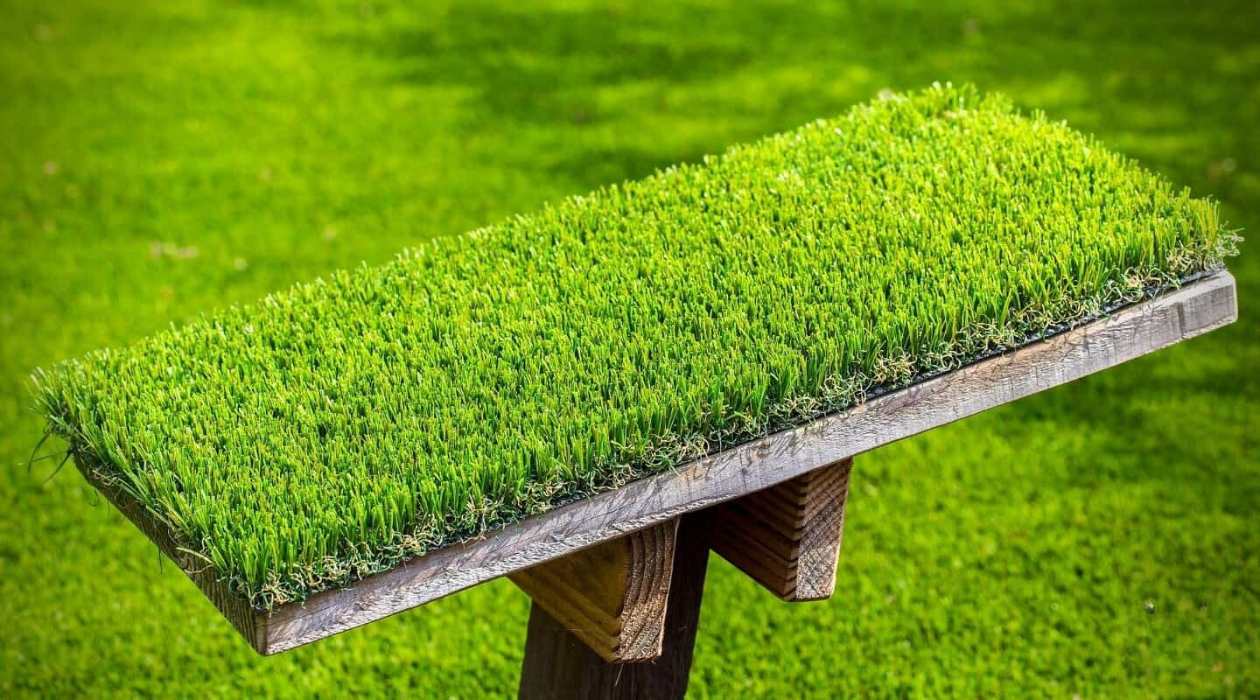
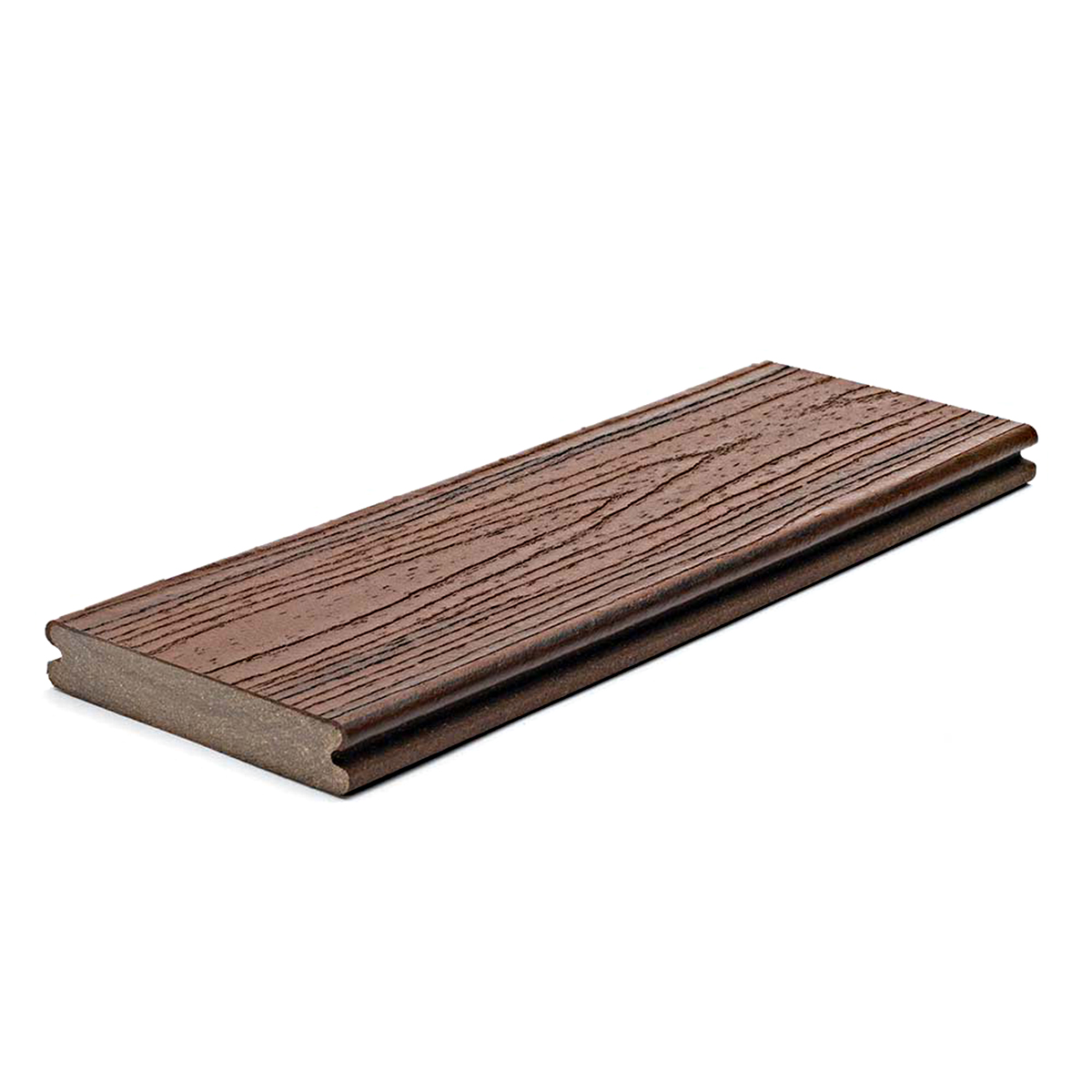


0 thoughts on “How Are Grass Tennis Courts Made”